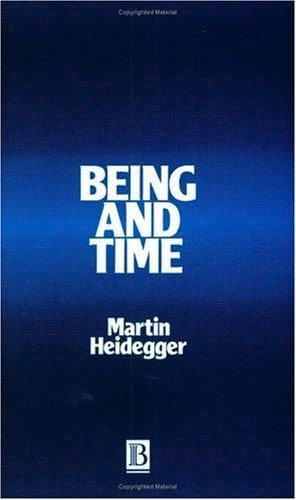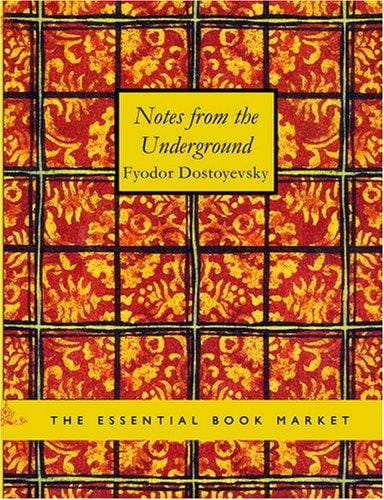Understanding Heidegger’s Being and Time: Key Concepts Explained
Clear guide to Heidegger’s Being and Time: Dasein, authenticity, temporality, and tips for reading this landmark existential text.

Introduction
Martin Heidegger’s 1927 masterpiece Being and Time revolutionized twentieth-century philosophy, spawning existentialism, hermeneutics, deconstruction, and even influencing today’s cognitive science. Yet for many newcomers the book feels like an impenetrable forest of unfamiliar terms. This article provides a clear road map to its central ideas, explaining why the text still matters and offering practical tips for reading it. By shifting the question of being away from abstract speculation toward our lived experience, Heidegger redraws the very boundaries of philosophy.
What Is Being and Time?
At its core, Being and Time asks what it means for anything to be. Instead of starting with objects or concepts, Heidegger begins with the human being who poses the question—an entity he famously calls Dasein. Volume I, the only part completed, argues that time is the horizon within which the meaning of being becomes intelligible. Heidegger planned—but never finished—a second volume that would connect this analysis to the history of metaphysics. Nevertheless, the published text stands as a monumental inquiry into existence.
Dasein: The Question of Being
Dasein literally means “being-there,” a term meant to highlight that human existence is always located in a concrete situation. Unlike a detached spectator, Dasein is immersed in a world of practical concerns: work, relationships, tools, language. Because Dasein already operates with an implicit understanding of being—knowing how to use a hammer, follow a rule, feel anxiety—it becomes the privileged site for uncovering what being itself entails. Heidegger therefore conducts an “existential analytic” of Dasein to disclose structures shared by every human life.
Being-in-the-World
One of Heidegger’s most influential ideas is that Dasein is not a mind observing external objects but a being-in-the-world. This hyphenated phrase signals an inseparable unity: we are always already engaged with equipment, tasks, and other people. Consider how seamlessly you flip a light switch or check your phone; the world shows up as usable long before it becomes an object of theory. By emphasizing involvement instead of representation, Heidegger anticipates later critiques of Cartesian dualism and inspires disciplines such as embodied cognition and ecological psychology.
Authenticity and Inauthenticity
Heidegger does not reduce existence to smooth functionality, however. Everyday life is dominated by what he calls das Man, usually translated as “the They” or “the One.” The They dictates average opinions, idle talk, and social routines that lull us into conformity. Authenticity (Eigentlichkeit) emerges when Dasein retrieves its ownmost possibilities from this anonymous crowd. Through anxiety, a mood that strips away familiar meanings, we confront the fact that our life is finite and must be chosen. Authenticity thus involves resolutely owning up to one’s unique potential.
Temporality and Care
The book’s subtitle, “A Treatise on Temporality,” signals its decisive claim: time is the key to being. Heidegger argues that Dasein’s fundamental structure is care (Sorge), a dynamic stretching between past, present, and future. We project ourselves toward possibilities, retain what we have been, and deal with things currently at hand. This ecstatic unity of temporality grounds both scientific clock-time and historical understanding. Because Dasein is essentially temporal, death—our ultimate possibility—shapes every moment, lending urgency to authentic decision.
Why Being and Time Still Matters
Almost a century after publication, Being and Time continues to shape debates in philosophy, psychology, design, and artificial intelligence. Its critique of techne foreshadows contemporary concerns about technology’s enframing of life. Its account of situated cognition resonates with human-computer interaction research. Literary theorists draw on Heidegger to analyze narrative time, while leadership coaches cite authenticity to foster purposeful careers. Few books bridge theoretical depth and practical relevance so powerfully, making it indispensable for anyone interested in human meaning.
How to Approach Reading Being and Time
Despite its reputation, you can read Heidegger productively with the right strategy. Begin with a reliable translation such as Macquarrie and Robinson, but keep a glossary next to you. Read slowly, a section at a time, summarizing each paragraph in your own words. Discuss passages with peers or online forums to clarify confusions. Secondary guides—by Hubert Dreyfus, Taylor Carman, or Michael Inwood—offer helpful commentary without oversimplifying. Finally, relate concepts to everyday experiences; Heidegger’s insights come alive when you notice them in your morning commute or workplace meeting.
Frequently Asked Questions
Is Being and Time an existentialist text?
Heidegger rejected the existentialist label, yet figures like Sartre drew heavily on his work. While existentialism centers on individual freedom, Heidegger probes the deeper ontological structures that make such freedom possible.
Why did Heidegger never finish the book?
Scholars debate this, but most agree that Heidegger’s revolutionary insights demanded a new vocabulary that outgrew the original plan. His later lectures pursue the same question of being from different angles rather than provide a simple sequel.
Conclusion
Being and Time invites us to rethink what it means to exist, not in abstract terms but in the concrete pulse of daily life. By analyzing Dasein’s being-in-the-world, authenticity, and temporality, Heidegger uncovers structures that still challenge psychology, technology, and ethics today. Though demanding, the text rewards patient reading with a richer sense of possibility and a sharper awareness of the fragile, finite horizon that gives life its urgency. With this guide, you are equipped to enter its pages and continue the inquiry for yourself.



